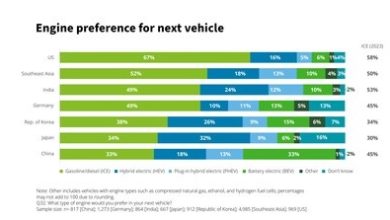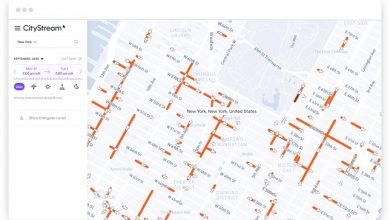Stolen car recovered using GPS tracking Dart
Date: February 16, 2024. — A suspect was arrested for stealing a Hyundai car. Police had used a GPS tracking dart to follow his movements. This incident highlighted this innovative technology in law enforcement and its potential to improve safety during vehicle pursuits.
A GPS tracking dart is a small, projectile-shaped device equipped with a GPS transmitter and strong adhesive. Launched from police vehicles or handheld devices, it attaches to the target vehicle, transmitting its real-time location back to law enforcement. This allows officers to track the vehicle’s movement without engaging in a high-speed chase, potentially reducing the risk of accidents and injuries.
In United States, The Belle Meade Police Department, has reported an incident where a license plate recognition camera detected the stolen car. Officers got behind the car, but before they could turn on their sirens, the driver sped up and ran into stop sign. The police car used GPS tracking dart which got attached to the rear of the suspect’s vehicle with an adhesive. The dart having a wireless transmitter, sent back real-time location data to the police, allowing them to track the car.
Benefits of GPS Tracking Darts: (~ Gemini Google)
- Reduced Risk of High-Speed Chases: By eliminating the need for pursuits, GPS darts can significantly decrease the risk of accidents and injuries to both officers and civilians.
- Increased Apprehension Rate: Continuous tracking allows law enforcement to follow the vehicle even if it goes out of sight, potentially leading to a quicker apprehension.
- Improved Officer Safety: Avoiding high-speed chases minimizes the danger faced by officers during pursuits.
GPS tracking darts are gaining traction in some countries as a safer alternative to high-speed chases. However, their usage in India is still in nascent stages due to legal and ethical considerations. The legality of using GPS darts in India remains unclear. Concerns exist regarding their adherence to existing laws on search and seizure, data privacy, and proportionality in response.




